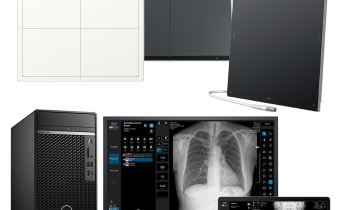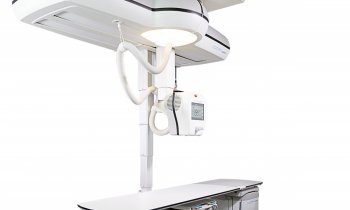How to manage your radiologist
Side effects for public hospitals aiming at greater profitability
Radiology in public hospitals is under economic pressure due to limited public funding, partially decreasing radiology fees, capitation payment systems, central planning of capital investment, as well as the increasing complexity and cost of equipment.

He is a member of seven international scientific societies, and has published 148 original papers, 44 review articles/case reports, three books, 24 book chapters, and also produced two CDs on his speciality.
At the same time the administrative burden, which includes budgeting rules, WTO purchasing rules, FDA regulations or formal quality improvement procedures, are increasingly using radiologists’ time and energy and adding cost. Restructuring and alliance building may be inevitable in the fragmented healthcare systems of many countries. From the point of view of a radiologist, however, such projects typically mean disruption of current operations, frustrated employees and additional meetings and paperwork. In addition, radiologists working in the public system tend to carry a more than proportional burden of non-profitable procedures, emergency services, teaching and continuing education. Direct comparison of productivity with private practice is frustrating for radiologists working in a public system.
Privatisation of radiology may reduce many of these problems by reducing regulatory costs. More typically, a satisfactory solution must be found within the current organisation. The radiologists’ motivators to stay in the public system, such as educational tasks and research time, should be protected. These activities are not necessarily lost from an economical point of view, because they may represent a marketing opportunity and a competitive advantage. The radiologist’s time required for purely administrative tasks should be reduced by consistently using informatics and the administration’s resources. Problems associated with restructuring should not be hidden behind marketing slogans but should rather be acknowledged and solved. On the other hand, the administrator can and should require radiologists’ active participation in the economics of running the department. For this purpose, radiologists need training in basic concepts such as depreciation, cost of financing and overheads cost. Economic goals should be included in a radiologist’s contract, as far as he/she can influence the result. The administrator may also point to advantages associated with a public hospital setting, such as consistent interaction with clinical specialists, more complex and therefore more interesting cases, a steady flow of emergency and hospitalised patients, as well as pensions and healthcare insurance.
01.03.2006











